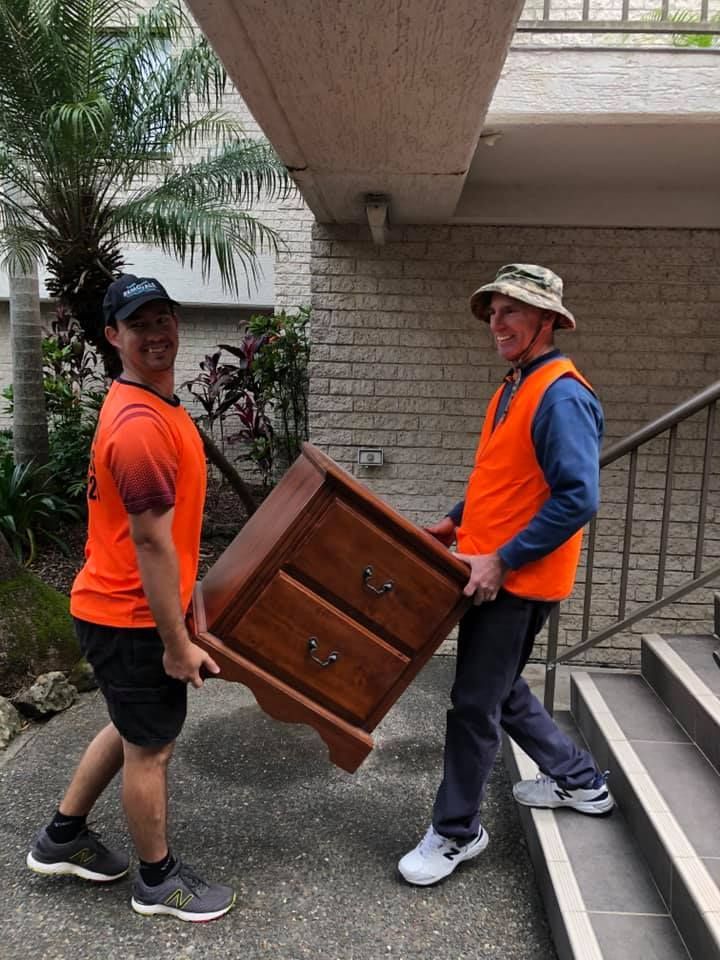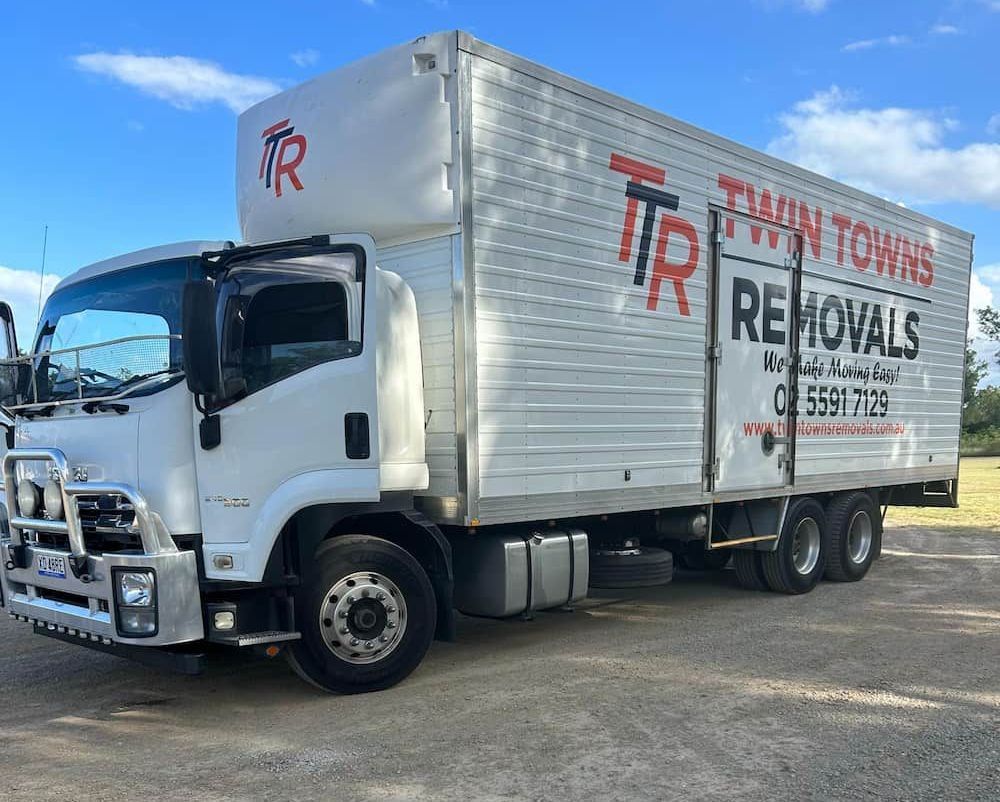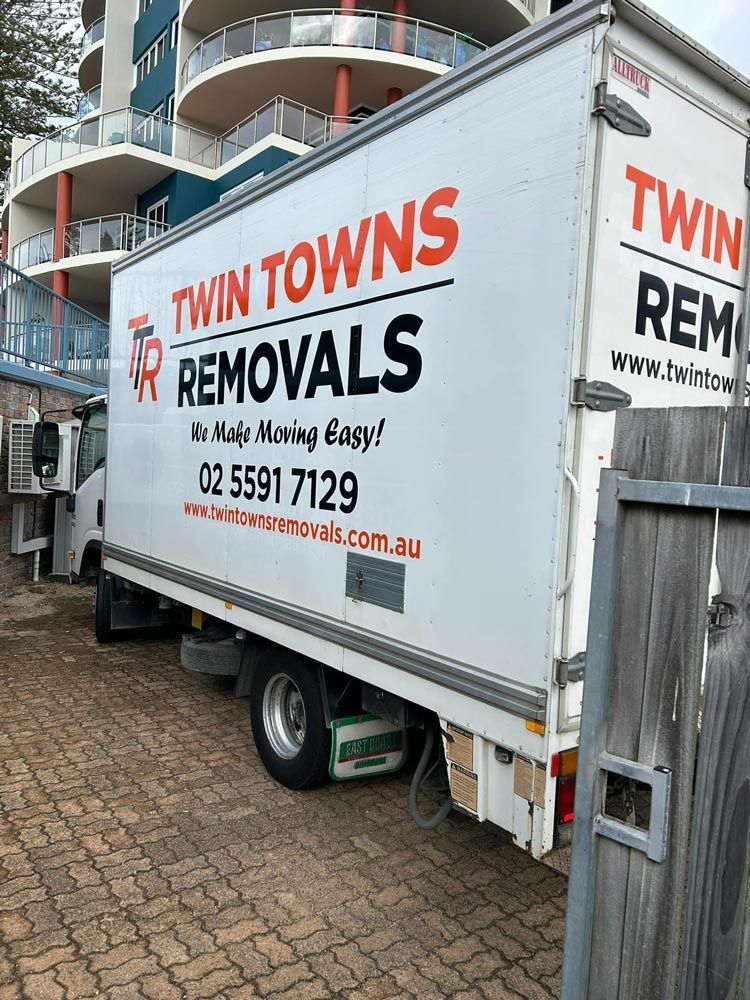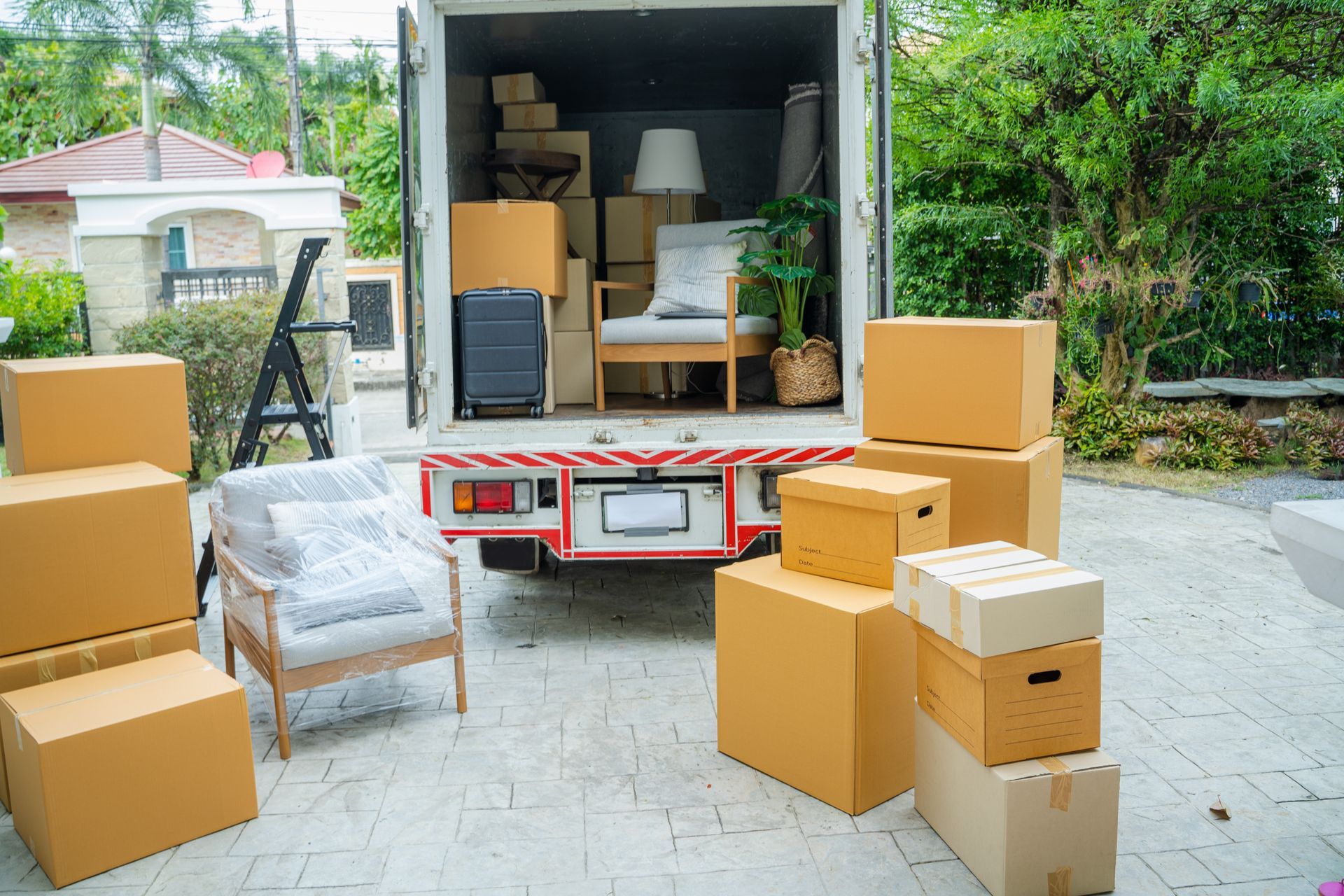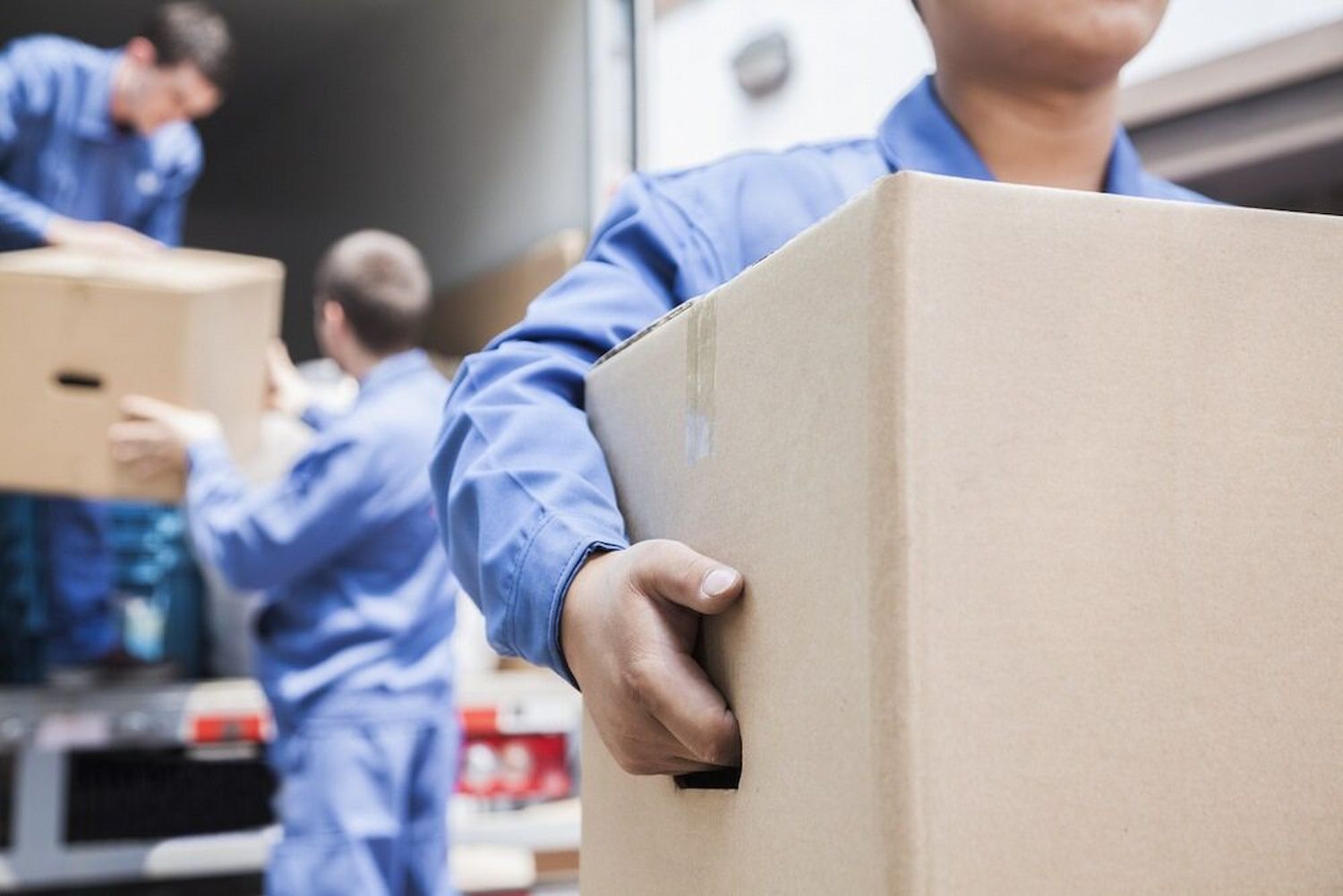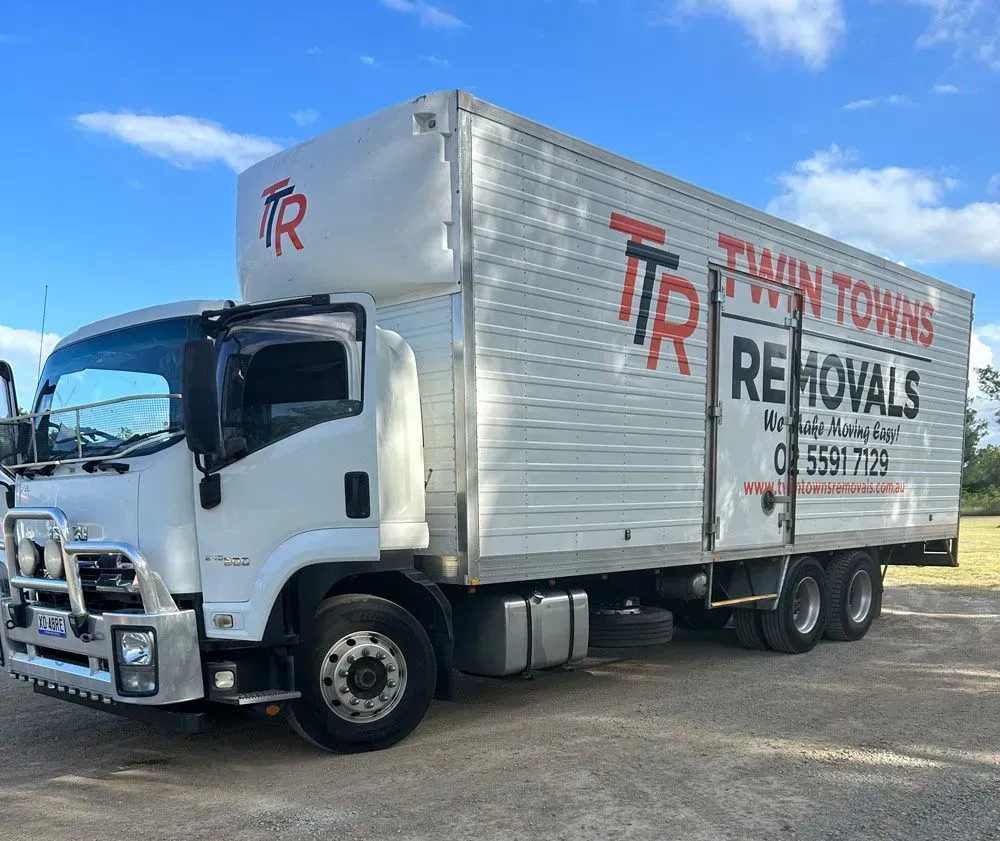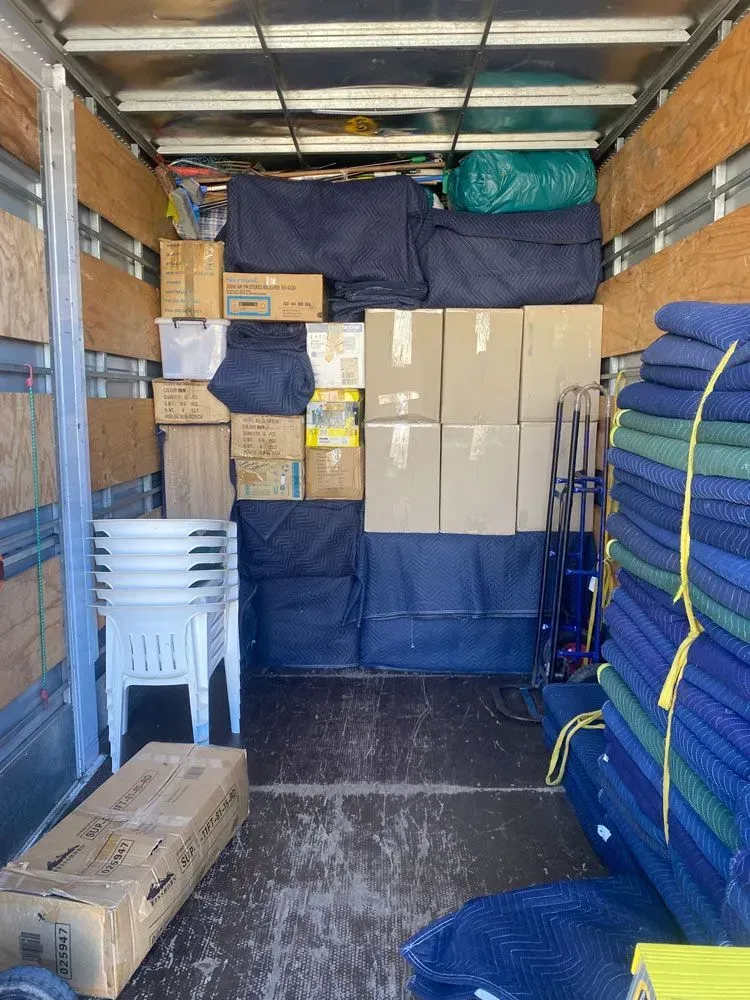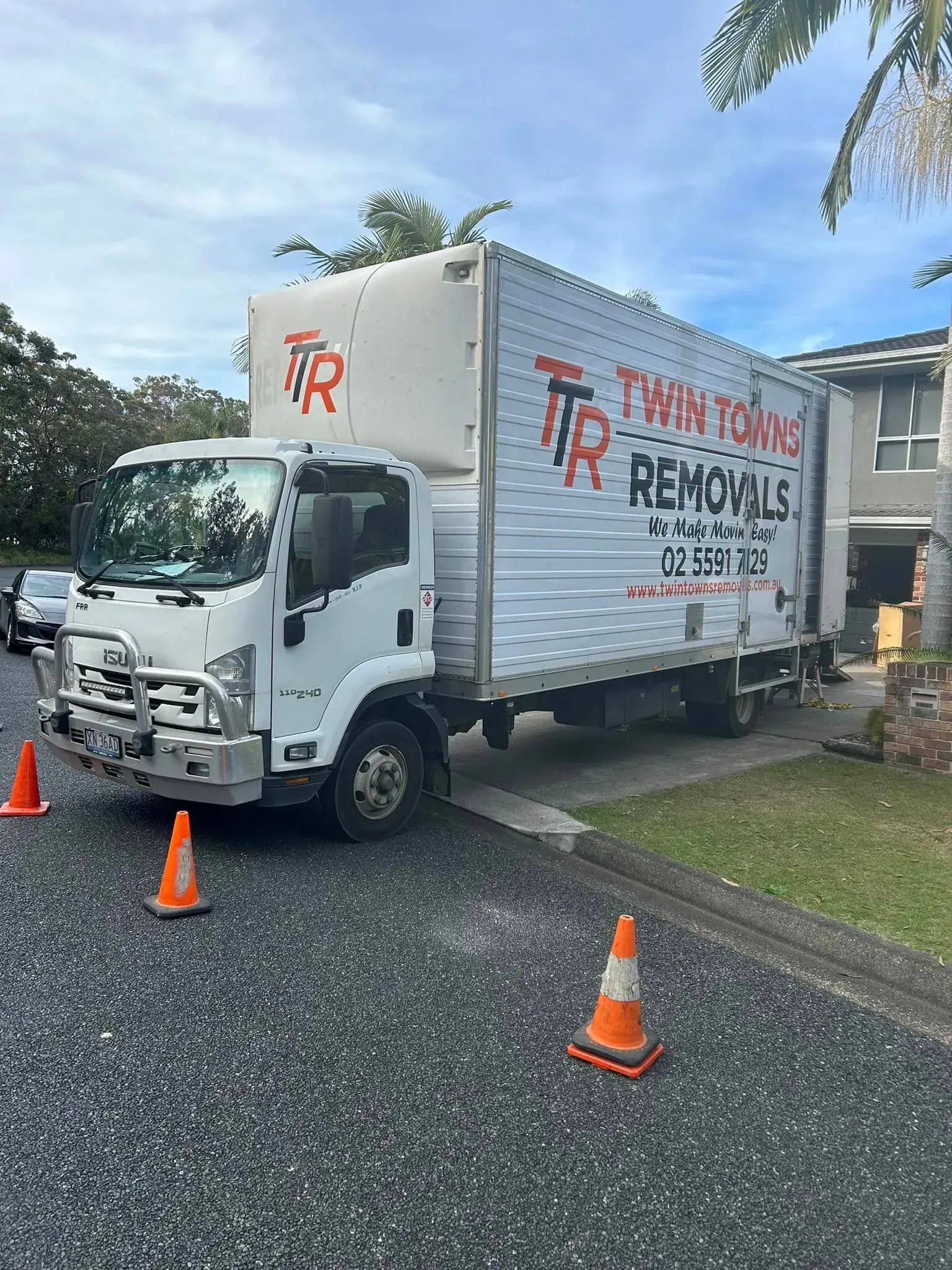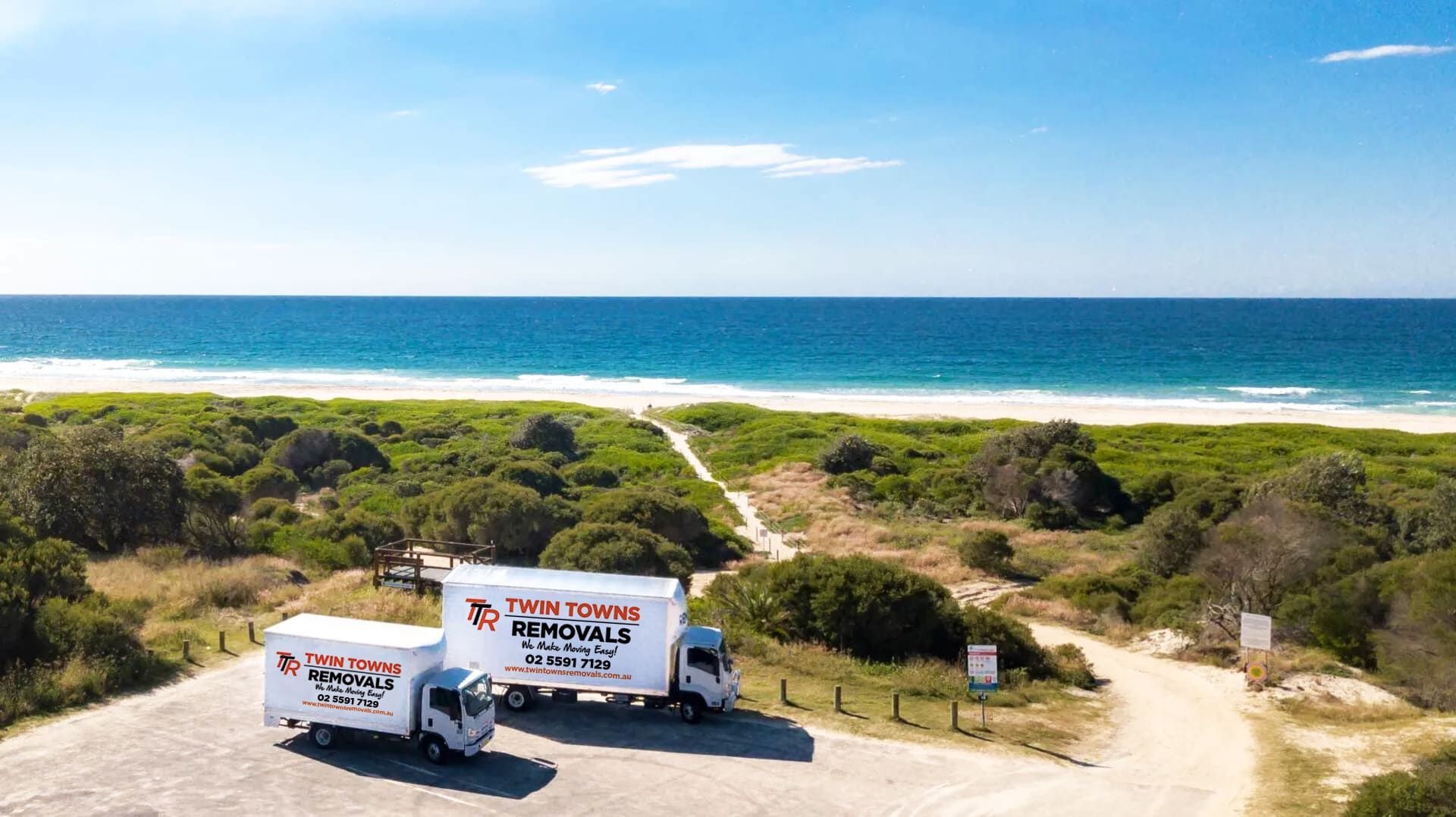How Removalists Protect Your Furniture From Damage
One of the greatest concerns when moving house or relocating a business is keeping your furniture intact from start to finish. From awkward hallway corners to bumpy truck rides, plenty of risks can lead to scratches, dents, or worse. While packing a few boxes might seem simple, protecting heavy, valuable, or fragile furniture requires skill, equipment, and technique.
That’s where professional removalists come in. Far more than just heavy lifters, these experts have a system in place to make sure each item is wrapped, moved, loaded, and unloaded with care. Let’s take a behind-the-scenes look at how professional removalists go the extra mile to protect your belongings during a move.
They Use High-Grade Packing Materials That DIY Moves Often Overlook
The quality of materials used during a move plays a big role in how well your furniture is protected. Professional removalists come prepared with commercial-grade supplies for various shapes, weights, and surface types. Unlike the odds-and-ends used in a DIY move, these materials are built to absorb impact and prevent surface damage.
- Heavy-duty blankets prevent scratches on timber and glass
- Shrink wrap secures drawers and cushions during transport
- Corner protectors reduce the risk of impact to sharp or delicate edges
- Reinforced cartons add strength and structure for boxed items
Using these specialised materials gives every item a layer of defence from potential knocks and friction during transport.
Specialist Wrapping Techniques Help Protect Fragile & Valuable Items
It’s not just about what you wrap things in—it’s also how you wrap them. Fragile, valuable or sentimental items such as antiques, glass cabinets, and artworks need more than a quick roll of bubble wrap. Professional movers use layering techniques and cushioning to ensure delicate pieces remain stable.
- Glass tops are removed, wrapped in padding, and marked clearly
- Mirrors are secured upright and cushioned with high-density foam
- Upholstered furniture is shrink-wrapped to prevent dust and tearing
- Items with delicate legs or frames are double-wrapped and boxed when possible
These handling techniques reduce the chance of shock, vibration, or pressure affecting the most vulnerable parts of your furniture.
Furniture Is Strategically Loaded for Balance & Security
Once furniture is wrapped, how it’s placed in the truck matters just as much. Poor stacking can lead to crushing, toppling, or friction damage during transit. Professional removalists follow a set of loading procedures that ensure both the safety of your belongings and the move's efficiency.
- Heaviest items are loaded first to form a stable base
- Lighter, fragile items are packed on top or secured separately
- Soft padding is placed between items to prevent rubbing
- Items are anchored with tie-downs to prevent movement
This method of strategic stacking ensures your furniture doesn’t shift during sharp corners or sudden braking while en route.
Removalists Use Custom Equipment to Avoid Lifting Damage
Moving heavy furniture by hand increases the risk of injury and damage—especially when items are awkward or oversized. Removalists use specific equipment to make the process smoother and safer for your belongings and property.
- Trolleys and dollies allow for controlled movement over flat surfaces
- Furniture sliders reduce friction when repositioning heavy pieces
- Lifting straps are used to distribute weight evenly and minimise pressure points
- Stair climbers help safely transport large items between levels
Using the right tools helps avoid damage from accidental drops, dragged feet, or overexertion that could split seams or damage joints.
They Dismantle & Reassemble Items When Necessary
Sometimes, the safest way to move furniture is to dismantle it. Professional removalists will assess whether certain items—such as bed frames, tables, or cabinets—should be dismantled before moving. Doing so reduces bulk and minimises the chance of items becoming stuck or damaged in tight spaces.
- Bed frames and headboards are disassembled to make them easier to navigate
- Dining tables with detachable legs are taken apart and wrapped individually
- Modular furniture is separated into sections for better weight distribution
- All parts are labelled and reassembled correctly at the new location
This step is especially useful when dealing with narrow staircases, small doorways or furniture made from delicate or flexible materials.
Experienced Movers Know How to Navigate Tight Spaces Without Scratches
Furniture in and out of homes or offices often involves tight corners, narrow hallways, or low stairwells. These areas are where most scratches and scuffs occur during DIY moves. Trained removalists use techniques to guide furniture safely through complex spaces.
- Floor protectors are laid down to prevent scratches and scuffing
- Wall bumpers and padding are used to protect paint and plaster
- Items are angled and pivoted for clean manoeuvring through doorways
- Risk assessments are made beforehand to identify tight zones
Having someone with spatial awareness and practical know-how makes a major difference when protecting your furniture and your property.
They Offer Insurance & Inventory Protection for Added Peace of Mind
No move is risk-free, even with the utmost care. That’s why professional removalists offer additional safeguards such as transit insurance and inventory tracking, providing a safety net in case the unexpected happens.
- Transit insurance options are available to protect furniture during the move.
- Detailed inventories are created so every item is accounted for
- Fragile items can be given priority placement and tracking
- Claims processes are documented and clear for fast resolution
These measures provide peace of mind that you’re protected in the rare event of a mishap, making the entire process feel more secure.
Ongoing Training Ensures Best Practices Are Always Followed
Moving techniques and safety standards continue to evolve, especially as new materials and types of furniture become more common. Professional removalists undergo regular training to stay up-to-date with industry best practices and customer expectations.
- Staff are trained in manual handling and safety techniques
- New wrapping methods and materials are introduced regularly
- Crews are updated on how to handle modern composite materials
- Refresher courses cover communication, customer care, and logistics
This commitment to continuous improvement ensures that every move is handled professionally and carefully, from the first item to the last.
Stress-Free Furniture Removals in Forster Start Here
At Twin Towns Removals Mid North Coast, we take the safety of your furniture seriously. Our furniture removalists in Forster come equipped with the skills, materials, and experience needed to protect your belongings from the moment we arrive to the final delivery. Whether you're moving across town or a few streets over, you can count on us for a careful and stress-free experience.
Ready to make your move smoother? Get in touch via our contact page to learn more or book your service today.



